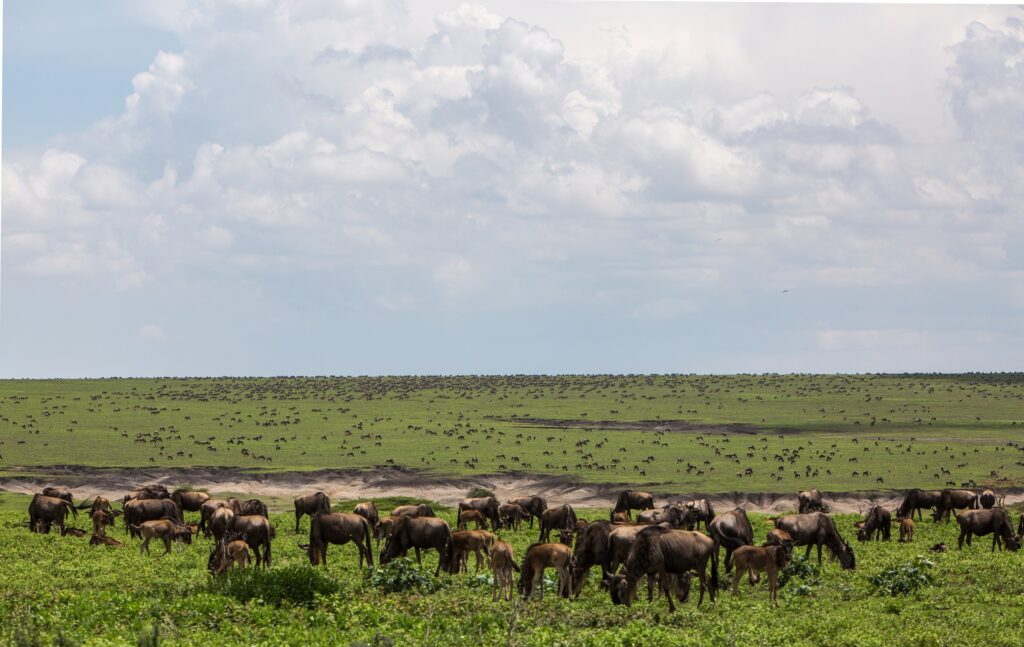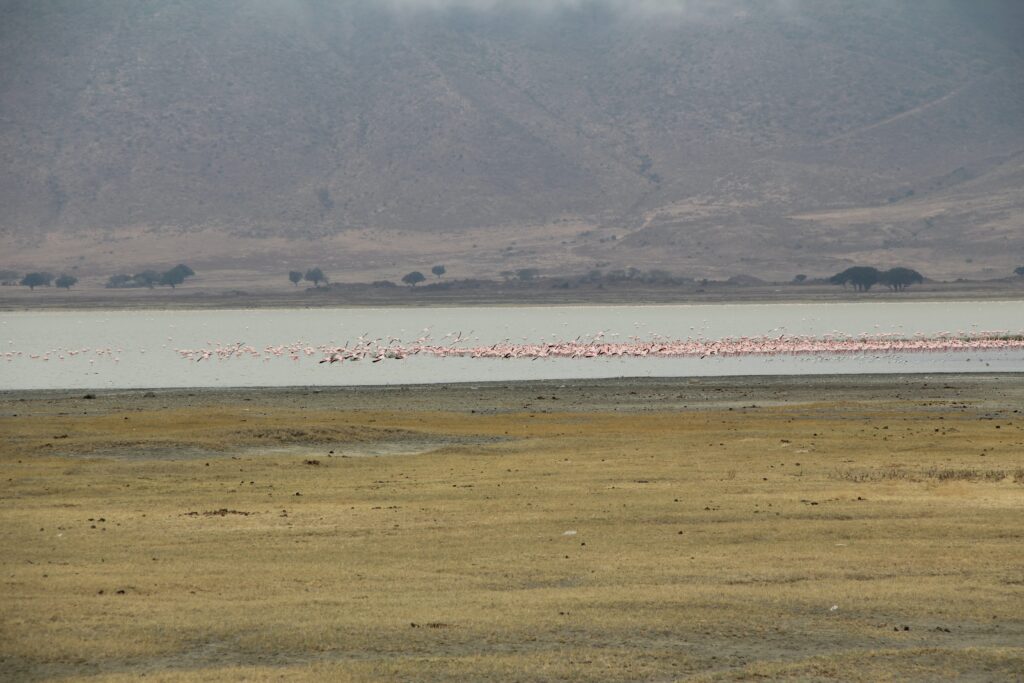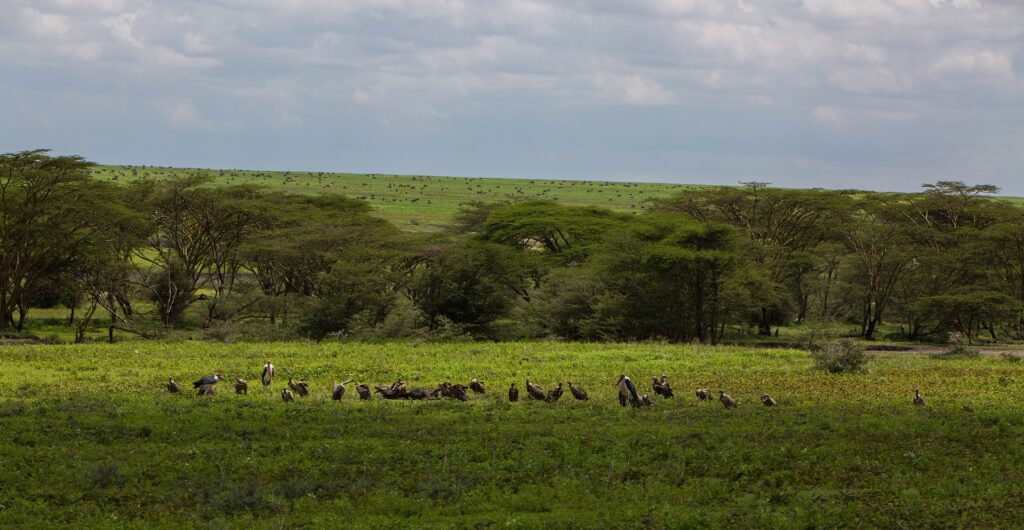Visit the Ngorongoro Conservation Area—We at Steven&Friends will support you all the way from the planning to the conclusion of your trip. With us, you will always enjoy personal service and a tailor-made experience in Ngorongoro.
The Ngorongoro crater is one of the world’s most unique natural areas. Where the crater is located today, there was once a mountain as high as Kilimanjaro. About 2.5 million years ago, the mountain collapsed in connection with a volcanic eruption, and a volcanic crater was formed. The bottom of the crater constitutes an ideal habitat for wild animals, with good access to both food and water all year round. The site is classified as a World Heritage Site by UNESCO and is counted among the Seven Wonders of Africa.


About 20,000 wild animals live in the relatively limited area of the Ngorongoro crater, which makes it possible to spot a large number of species, including all the The Big Five—lion, elephant, leopard, buffalo and rhino—in one day. This is also the place with the best chance to see the endangered black rhino. This rhino mostly dwells in the forests in the western part of the crater, but sometimes comes out onto the plain after a rain.
The Ngorongoro crater is about twelve miles wide and is surrounded by 2000 feet mountain ridges. On your way down into the crater you have a fabulous view of the open plain with its herds of grazing animals. The Ngorongoro Conservation Area also includes two smaller craters and surrounding landscapes. The area is home to about 42,000 Maasai who live in symbiosis with nature, in the same way as they have lived for centuries.
The Ngorongoro crater is an excellent park for an open Jeep safari tour. Feel the wind against your skin and enjoy the spectacular surroundings with flocks of zebras, wildebeest and antelopes grazing on the open plains. Watch lions drowsing in the sun or leisurely wandering on the road ahead of you, look for leopards and rhinos in the woods, and eat a packed lunch at one of the lakes in the crater.
In the Ngorongoro Conservation Area, you can also visit a genuine Maasai village and learn about the culture and everyday life of this people.
